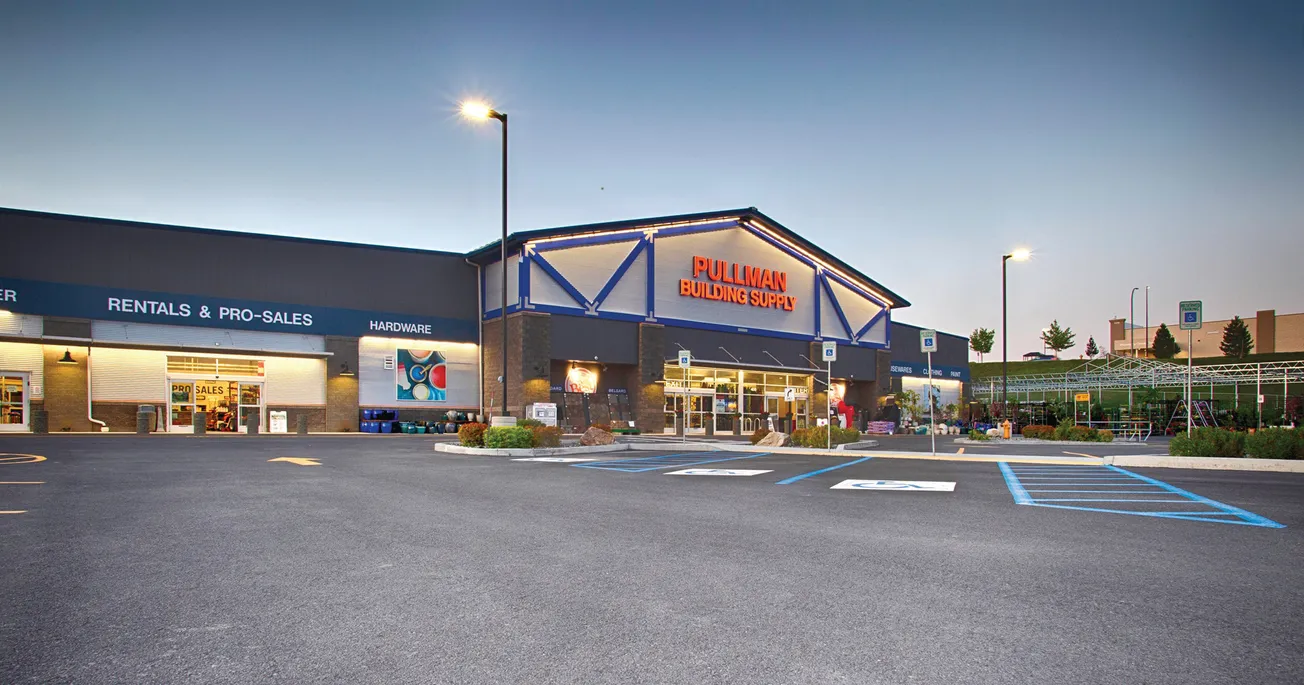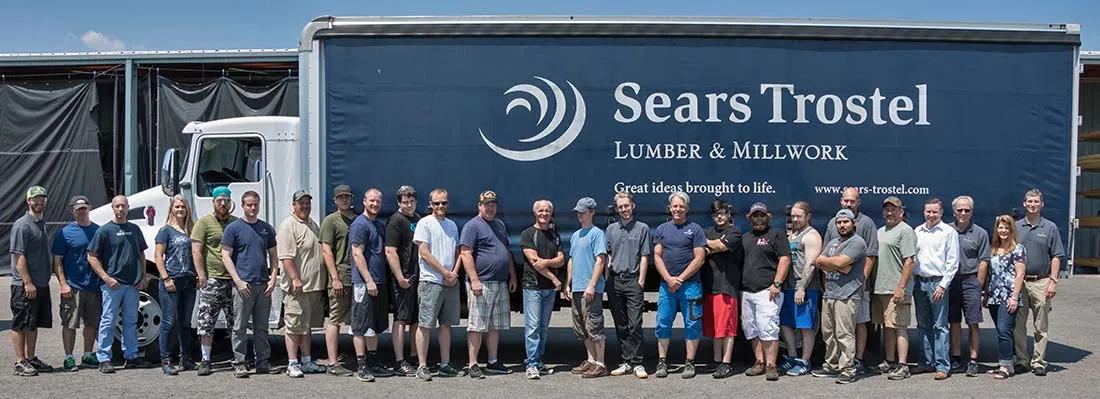Table of Contents
When ordering or specifying wood structural panels, it is important to receive the right panel for the application, and equally important that the panel is manufactured with the required quality.
Wood structural panels trademarked by APA meet both criteria, based on qualification tests in compliance with Product Standards PS 1 for plywood and PS 2 for plywood and oriented strand board (OSB), as well as ongoing quality assurance tests on every production period with a robust quality assurance system. In Canada, APA panels are trademarked to similar standards, which include CSA O121 for Douglas fir plywood, CSA O151 for Canadian softwood plywood and CSA O325 for OSB and plywood.
APA’s Quality Assurance System
APA’s quality assurance system includes review of mill quality procedures, independent third-party audits of the mill quality program and regular independent testing that verifies the quality and performance of wood structural panels. Also, APA’s quality assurance system has proactive steps to ensure any product quality issues are addressed promptly and properly in the manufacturing plant.
APA-certified products are authorized to bear a trademark clearly identifying the appropriate standard and product application. The qualification and quality assurance system apply evaluation methods that are appropriate for many end-use applications, including span ratings for roof, wall and floor construction, and for a wide variety of other uses, such as in concrete forming, upholstered furniture frames, recreational vehicles and other manufactured products where materials with high strength-to-weight ratios, durable exterior adhesives and known mechanical properties are important.
North American Panels vs. Imported Panels
Occasionally, imported wood structural panels are sold in North America. Those imported panels may be manufactured with foreign wood species of a low density or with adhesives of unknown durability, or they may be qualified by testing to a foreign standard that is not developed and intended for North American markets. Furthermore, the in-plant quality program, and especially the independent, third-party quality assurance system of imported panels, may be untested and unproven in North America.
In the past, APA has been asked to evaluate imported panels available in local markets by testing them with requirements specified in PS 1 and PS 2. In some cases, the panels were found to be lacking in stiffness and bond quality and emitting formaldehyde in excess of certified products conforming to North American standards.
Formaldehyde Regulations & Structural Wood Products
Since North American structural wood products produced under the PS 1 and PS 2 standards are designed for construction applications governed by building codes, they are manufactured only with moisture-resistant adhesives that meet Exterior or Exposure 1 bond classifications. These adhesives, such as phenol formaldehyde and diphenylmethane diisocyanate (MDI), are chemically reacted into stable bonds during pressing. The final products have such low formaldehyde emission levels that they easily meet or are exempt from the world’s leading formaldehyde emission standards and regulations.
Specifying APA-trademarked panels manufactured by trusted North American manufacturers is an assurance of getting the right product for the right application at a recognized quality level.
– Drake Joslin is a product support specialist and the Help Desk lead for APA – The Engineered Wood Association’s Technical Services Department (www.apawood.org). An architecture graduate of the University of Colorado – College of Environmental Design, he has been with APA for over five years following a 30-year career in the design and specification of wood-framed buildings.





